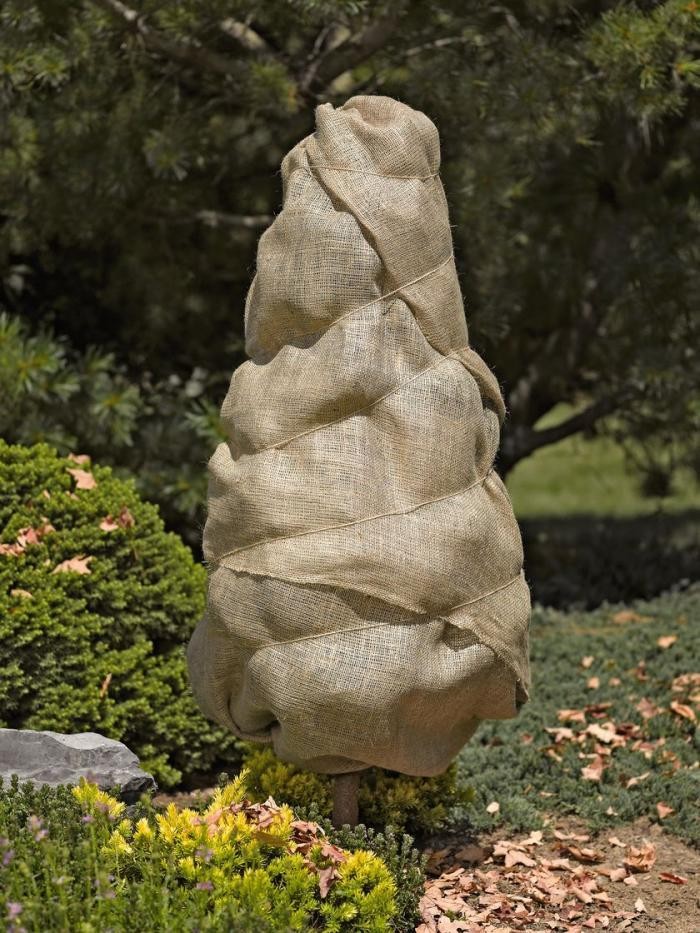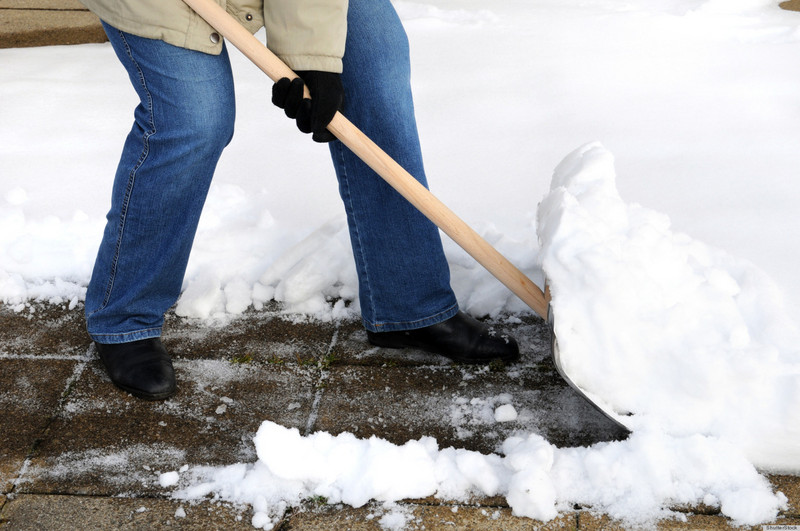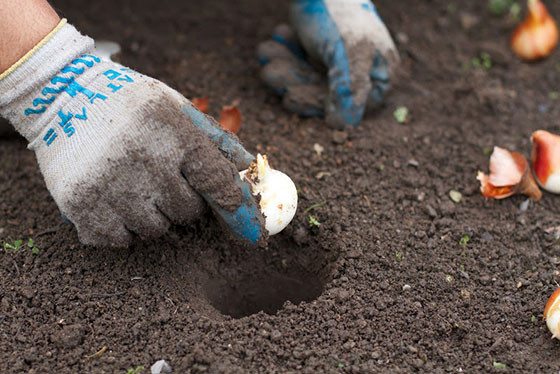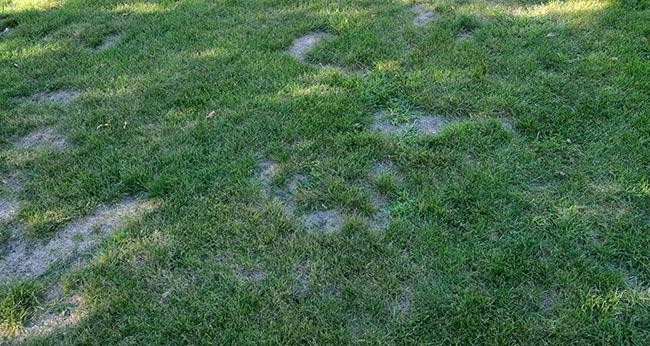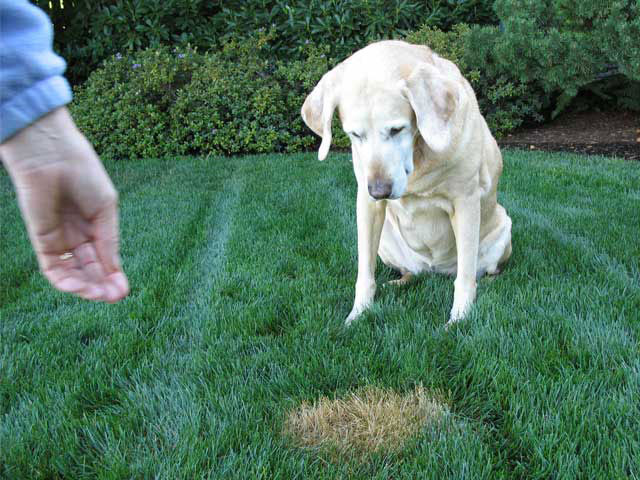 Buffalo & WNY Lawn & Landscape Blog
Buffalo & WNY Lawn & Landscape Blog
Red Thread in Your Lawn. How to Identify and Correct It.
As we move through July, we all are getting outside to enjoy our lawn and landscaping for 4th of July and graduation parties. For the most part, area lawns are coming along nicely and have rebounded from the cold start to the season. However, some Buffalo residents are now noticing patches of tannish-red areas in their lawns. In today's blog, we'll take a look at the lawn disease Red Thread, explaining what causes this fungus, how you can spot it, and what you can do to treat it.
What is Red Thread and What Causes It?
Throughout June and July, we often see the return of warm days followed by cool evenings in the Buffalo region that can cause the right conditions for red thread to invade your lawn. The warm days and the cool nights with moisture can cause favorable conditions for fungi to grow throughout your lawn. Red thread often appears in lawns that are affected by drought stress, making it vulnerable to disease.
.jpg)
Red Thread Quick Facts:
Identification: Irregular shaped patches (2-15" in diameter) of tan-colored grass with reddish-brown cast.
Causes: Favored by warm days/cool nights, humid weather and stressed turf.
Fixes: Fungicide to suppress growth, aeration and soil modification, proper watering schedule
.jpg) How Can I Spot Red Thread?
How Can I Spot Red Thread?
Red thread fungus appears as circular patches, from a few inches to 2 feet in diameter in your lawn. From a distance, these patches may have a tannish-red appearance due to the red color of the fungus growing. When inspecting the grass blades up close, affected areas will be "bleached" or yellow.
What Can It Do to My Lawn?
A quickly spreading fungus; red thread can quickly spread throughout your lawn, causing an unsightly appearance and injuring your lawn significantly. While the fungus will not kill your lawn, it will make it susceptible to other disease and insects, which may permanently damage your lawn.
How Can I Get Rid of Red Thread?
To help control the spread of Red Thread, a suppressant (fungicide) can be applied to the area. This fungicide stops the growth of red thread, and allows it to grow out over a week or two. Because of this, consumers often think that the treatment hasn't worked, even though the fungus was suppressed and is in a state of "growing out.
Red Thread Often Indicates a Deeper Issue
A fungicide can suppress the spread of red thread, causing it to grow out naturally. However, the presence of the fungus may in fact indicate a deeper issue with your lawn. Red thread can only grow and thrive when your lawn is experiencing stress brought on by drought like conditions or another issue. Soil testing is recommended in areas that experience multiple cases of red thread to identify deeper problems. Poor or compacted soil often makes it harder for moisture to reach your turfs root zones, leading to drought stress even if watering regularly. A core aeration performed once or twice a year can help relieve compressed soil and allow moisture to reach your grass' root system
Spotting and treating red thread is not as easy as it seems. Often lawn care companies fail to recognize the fungus, or worse, simply ignore the deeper warning signs that may be associated with the disease. This is why it's important to hire a licensed and trained lawn care professional who can not only identify the problem, but also create a care plan to eliminate the fungus and keep it from coming back.




